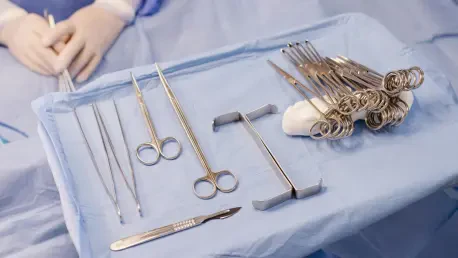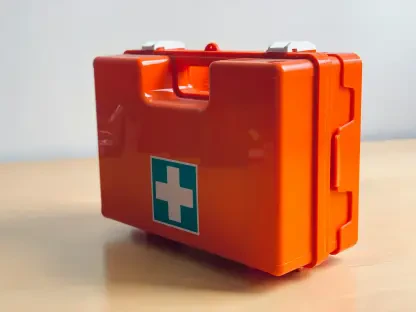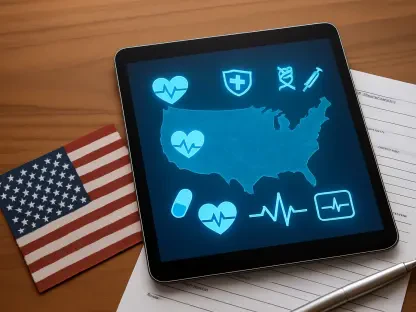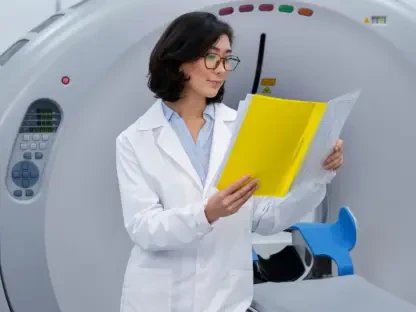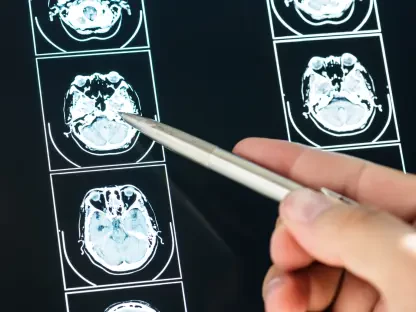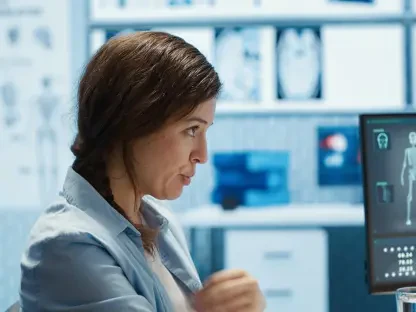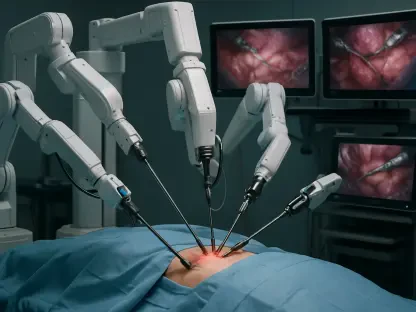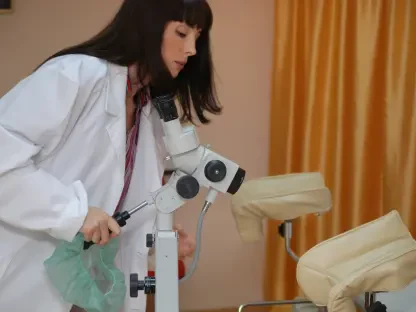In the ever-evolving field of medical technology, a remarkable collaboration at Auburn University has captured attention for its potential to transform surgical practices. Imagine a high-stakes arthroscopic surgery where every second counts, yet the procedure is interrupted by alarms signaling the need to replace a saline solution bag—a distraction that could compromise focus and precision. This challenge inspired a unique partnership between Industrial Design (ID) and Mechanical Engineering (ME) students, who joined forces with a medical equipment manufacturer to create a groundbreaking device. Their innovation promises to streamline surgical workflows by automating fluid management, a solution born from the fusion of diverse skills and real-world problem-solving. This inspiring project not only showcases the power of interdisciplinary teamwork but also sets a precedent for how academic initiatives can directly impact healthcare efficiency.
Bridging Disciplines for Innovation
Fostering Early Collaboration
At the heart of this transformative project lies the early integration of ID and ME students, mirroring the dynamic often seen in professional design and engineering teams. By combining expertise in aesthetics, usability, and technical precision, these students tackled a critical issue in arthroscopic surgeries: the manual replacement of saline solution bags. Their device automatically switches to a fresh bag when needed, eliminating disruptive alarms and allowing surgeons to maintain focus during delicate procedures. This collaboration, initiated through a fortunate connection between industry leaders and university officials, highlights the importance of starting interdisciplinary work at the academic level. The synergy between the two fields ensured that both functionality and user experience were prioritized, resulting in a tool that is as practical as it is intuitive for medical professionals to operate in high-pressure environments.
Learning from Diverse Perspectives
Beyond the technical achievement, the project offered invaluable learning opportunities for the students involved. Working side by side from the project’s inception, ID students brought insights into ergonomics and user-centered design, while ME students focused on the mechanical reliability of the device. This blend of perspectives fostered a deeper understanding of how different skill sets can complement each other to solve complex challenges. Exposure to real-world constraints and industry expectations prepared them for future careers, as they navigated the balance between innovative ideas and practical implementation. Moreover, presenting their work at a prestigious conference provided professional visibility and feedback from seasoned practitioners, further enriching their educational journey and reinforcing the value of such collaborative efforts in shaping well-rounded professionals.
Setting a Model for Future Impact
Inspiring Broader Academic Initiatives
The success at Auburn University serves as a compelling case study for other institutions looking to bridge the gap between theoretical education and practical application. This project demonstrates how partnerships with industry can create meaningful opportunities for students to address tangible problems, particularly in critical fields like healthcare. By integrating diverse disciplines early on, universities can cultivate a generation of innovators equipped to handle multifaceted challenges with creativity and technical prowess. The emphasis on hands-on experience also aligns with industry needs for professionals who can seamlessly blend design and engineering principles. Adopting similar interdisciplinary models could encourage more schools to forge connections with companies, ultimately enhancing the relevance of academic programs and their contributions to societal advancements.
Reflecting on Tangible Outcomes
Looking back, the collaboration between ID and ME students yielded a device that significantly improved surgical efficiency by automating a previously manual task. The journey from concept to presentation at a national conference underscored the practical impact of their work, as it gained recognition among perioperative professionals. This achievement highlighted how academic projects, when guided by industry insights, could directly influence medical practices for the better. The mutual benefits for students, who gained real-world experience, and industry partners, who accessed fresh perspectives, illustrated a successful blueprint for future endeavors. As more universities consider adopting this approach, the focus should remain on creating structured opportunities for interdisciplinary teamwork, ensuring that the next wave of innovations continues to address pressing needs with ingenuity and precision.
